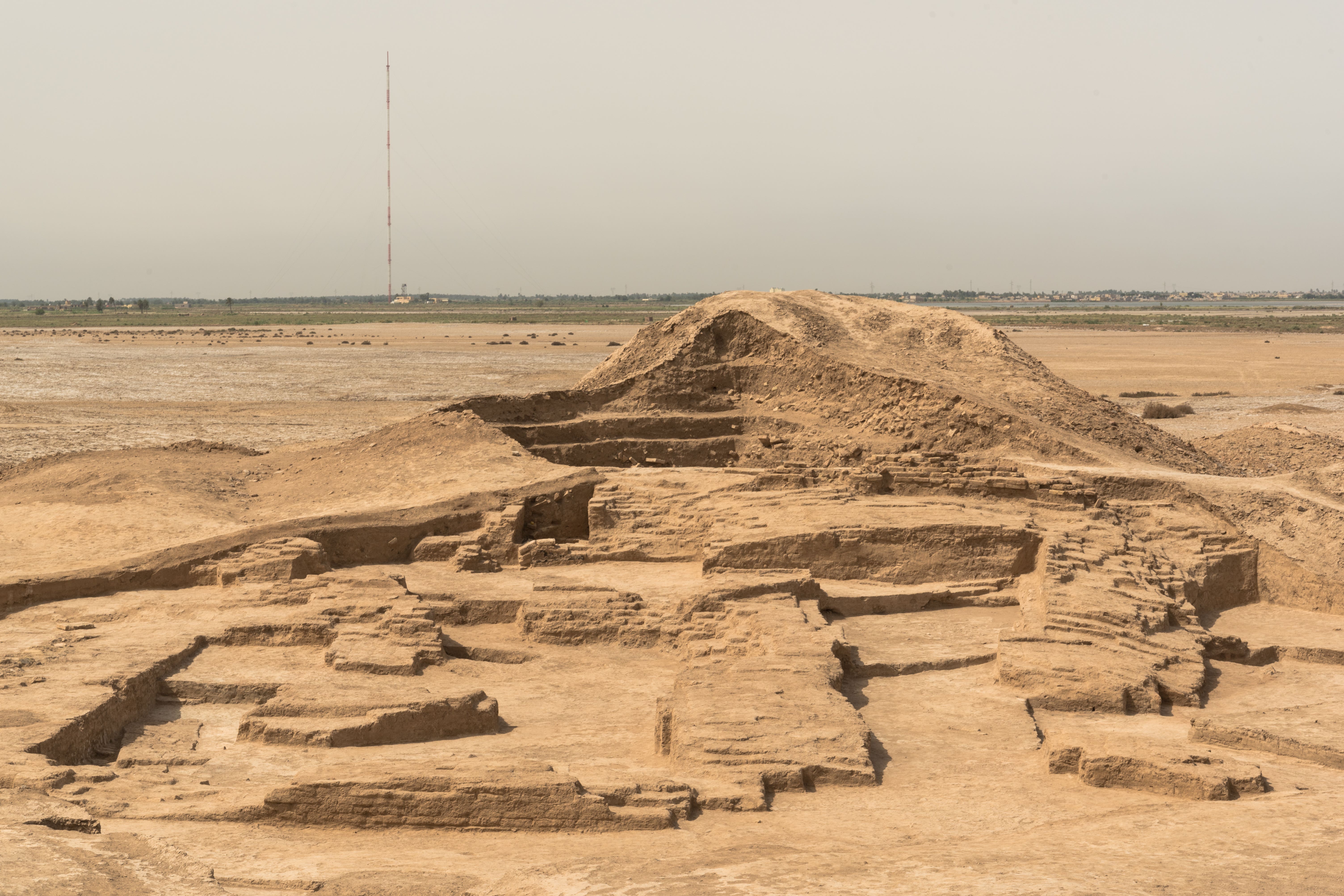Archaeologist who discovered lost Iraq temple: People said I was making it up
The Sumerian site has been described as the ‘cradle of civilisation’ and ‘one of the most important heritage sites in the world’.

The archaeologist who led the discovery of a lost Sumerian temple in the ancient city of Girsu has said he was accused by disbelieving peers of “making it up” and wasting funding.
The find in Tello in the south of Iraq is the result of the Girsu Project – a joint initiative to save endangered heritage sites led by the British Museum, Getty and the State Board of Antiquities and Heritage (SBAH) of Iraq.
Tello is the modern Arabic name for the ancient Sumerian city of Girsu, one of the earliest known cities in the world.
Between 3,500 and 2,000 BCE, the Sumerians invented writing and created the first codes of law.
Director of the project, Dr Sebastien Rey, told the PA news agency at a press conference at the Iraq embassy on Friday: “It feels good.
“I remember when I started in 2016 no-one believed me, I went to international conferences and everyone basically told me, ‘Oh no you’re making it up you’re wasting your time you’re wasting British museum UK government funding’ – that’s what they were telling me.
“I had other supporters and people who believed in this project and so we just persevered.
“Of course, there was the research element and also the training, even if we had not discovered the temple it still would have been an amazing experience but the cherry on the cake was the temple.”
While our knowledge of the Sumerian world remains limited today, the work at Girsu and the discovery of the lost palace and temple hold enormous potential for our understanding of this important civilisation, shedding light on the past and informing the future
During the conference, the site was described as the “cradle of civilisation” and “one of the most important heritage sites in the world that very few people know about”.
Known as Tablet Hill, the site was ravaged by 19th century excavation and 20th century conflict and had been untouched for decades.
The project builds on the Department for Digital, Culture, Media and Sport’s (DCMS) pilot scheme in 2015, which was a response to the destruction of heritage sites in Iraq and Syria by so-called Islamic State.
Dr Rey recalled the moment his team discovered the “door socket” of the temple, which he described as the heart of the holy city, comparing it to the Vatican in Rome and Jerusalem in Israel.
He said: “There was one moment when we knew we had something promising.
“We found a stone and the stone had an inscription … when we read the inscription it was Gudea the King building a temple for god Ningirsu and then the name of the temple, so we knew without a doubt this was the temple.”
The temple, called Eninnu, was revered as one of the most important of Mesopotamia and was the main sanctuary of the Sumerian god Ningirsu in a sacred precinct called Urukug.
Dr Rey said: “It’s really huge. You take any manuals of archaeology students at university and you have a section on ancient Girsu and you read that nothing is left, the archaeology has been excavated away, basically, and that’s what I was told when I was a student.
“I always felt that that was a pessimistic view. If you had a set of new tools (and) technology, you can go back to those damaged 19th century excavations.”
He said it took his team eight seasons to fully uncover the temple, and at the end of the 2022 season they discovered the first mud walls of the palace in the ancient city, which he described as the “tip of the iceberg”.
Dr Rey said the team would move onto the palace area when they returned in early March.
The renewed fieldwork after decades of interruption also discovered more than 200 cuneiform tablets, rescued from 19th century spoil heaps.
It is thought about 100,000 tablets were taken from the site during the 19th century excavations.
The tablets provide the “missing part of the story” as each was made as an administrative text listing archives from the palace, being compared to a “modern day excel spreadsheet”.
Dr Hartwig Fischer, director of the British Museum, said: “While our knowledge of the Sumerian world remains limited today, the work at Girsu and the discovery of the lost palace and temple hold enormous potential for our understanding of this important civilisation, shedding light on the past and informing the future.”
Bookmark popover
Removed from bookmarks